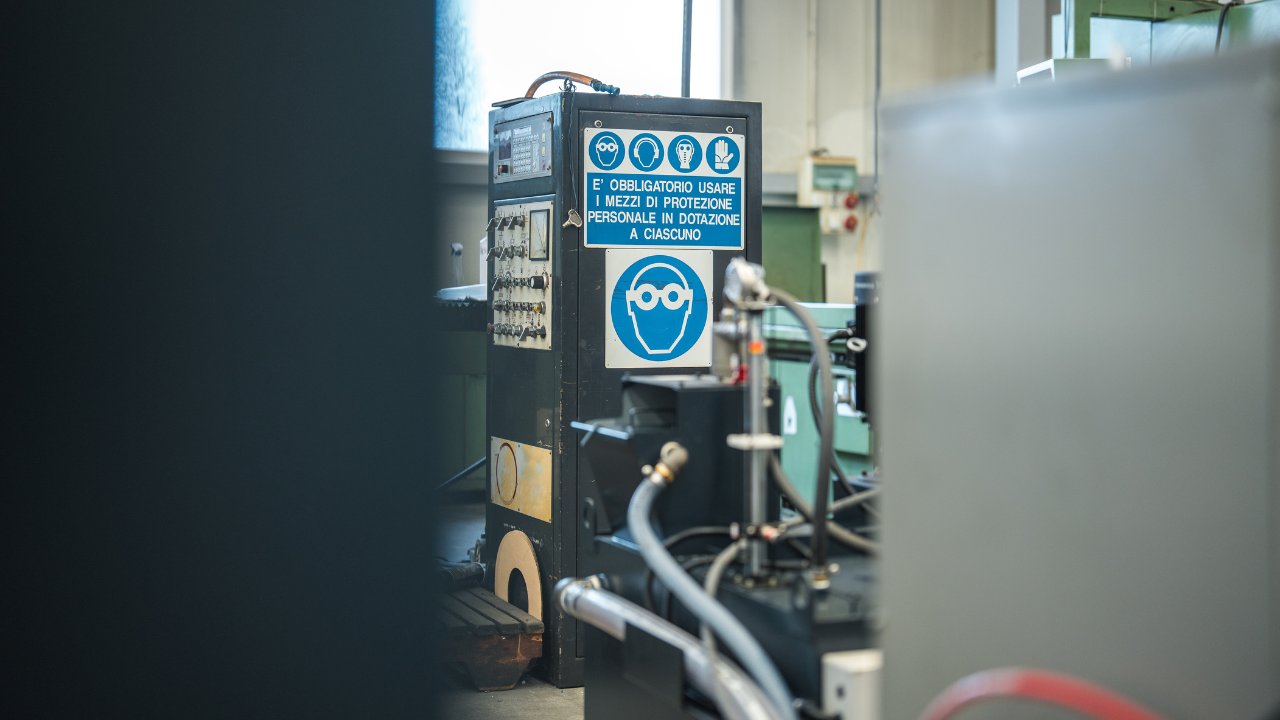How the Carbon/Graphite Seal Face is Manufactured and Where Carbon/Graphite Cannot be Used
The McNally Institute
Seal companies purchase carbon/graphite seal faces from one of several carbon manufacturers. The seal companies pay for the necessary molds and then retain the exclusive use of them. A good seal face would be a mixture of carbon, graphite and nothing else. The carbon is purchased as a byproduct of a manufacturing process while the graphite is mined with the main sources being in Canada and Madagascar. The cost of these elements is determined by two things:
- How finely is the product milled? A fine talc is desirable.
- How pure is the product?
A good mixture would be 80% carbon and 20% graphite. Graphite is a good conductor of heat, a natural lubricant, and has a laminar grain structure similar to a deck of cards allowing the individual grains to slide over one another. It is this laminar structure that allows the graphite to release from the carbon/graphite seal face and deposit on the hard face in the same manner a graphite pencil will write on a sheet of paper.
To manufacture the finished product we place this mixture in an oversized mold using a hydrocarbon as the glue to hold the powder together. Years ago “pitch” from a tree, was used for the same purpose. The mixture is then compressed and placed in an oven at 2000° Fahrenheit (1000° C) for a period of thirty to sixty days. The hydrocarbon will convert to carbon at this temperature. The piece must be heated slowly or otherwise the carbon will combine with oxygen to form carbon monoxide or carbon dioxide which will, in either case, ruin it.
At the end of this time the piece has shrunk a small amount, but still resembles a real carbon face. The problem is :
- It has poor tensile strength
- It has low heat conductivity because the mixture is very porous.
- It has low density which would be a problem in vacuum applications.
At this point any inorganic (it never lived) material can be imbedded into the carbon/graphite seal face shape. If you should use such an impregnation you would have to be concerned about the chemical compatibility of the filler material with the product you are trying to seal.
If you want a serious carbon you must place the component into an autoclave, where a vacuum will remove impurities that may have imbedded into the porous face. The autoclave will then be filled with a hydrocarbon and pressurized to force the hydrocarbon into the porous face under high pressure.
This first impregnation will penetrate approximately 25 mm. (one inch) meaning that 50 mm (2 inches) will be impregnated if the hydrocarbon can penetrate from all sides of the shape. The face is then placed back into the oven and fired at 2000° Fahrenheit (1000 C.) for an additional 30 to 60 days.
You now have a more dense carbon/graphite, but you are a long way from a good one. Two more impregnations at 3,0 mm. (0.125 inches) and 0,5 mm (0.020 inches) will complete the impregnations, each taking 30 to 60 days in the oven.
About this time you hit a point of diminishing returns, so the fourth impregnation is pushed into the carbon/graphite, but not fired in the furnace. This type of seal face is referred to as an “unfilled carbon and is available from several manufacturers both in the United States and abroad.
If a seal manufacturer needs a only a few seal faces for test purposes he can machine them out of an unfilled carbon and then send them to the carbon manufacturer for the final impregnations. Small batch applications are handled like this also.
This is the type of face that should be the standard in all of your mechanical seals. It can be used in any chemical or combination of chemicals except an oxidizing agent. As mentioned, the oxidizing agents will combine with the carbon to form carbon dioxide and carbon monoxide. Here is a list of some of the common oxidizers:
- Aqua Regia (a combination of nitric and hydrochloric acid) used for dissolving metals.
- Oleum, used in the manufacture of detergents and explosives.
- Perchloric acid, used in the manufacture of medicine, explosives, and esters .
- Sulfur trioxide, used to manufacture sulphuric acid.
- Nitric acid, used in fertilizer, dyeing, explosives, drugs, etching and medicine.
- Hot sulphuric acid, the most widely used industrial chemical.
- Chloric acid, ignites organic material on contact.
- Chlorous acid, over 200 degrees Fahrenheit (100 C).
- Ferric chloride, used in sewage treatment photography, medicine and feed additives.
- Hydrofluoric acid, used for etching, cleaning castings and fermentation.
- Sodium hypochlorite, used in bleaching paper pulp, textiles, and tanning textiles.
- Methyl Ethyl Ketone (MEK) a common solvent.
- Perchloric Acid – 2N
Additionally look for any chemical whose name contains the word:
- Peroxide
- Chlorate
- Perchlorate
- Nitrate
- Permanganate
The Halogens are another group of chemicals that will attack carbon:
- Chlorine
- Fluorine
- Bromine
- Astintine
- Iodine
The degree of attack will be affected by the oxidizer’s chemical concentration and temperature. If you are handling any of these chemicals it would pay to test an unfilled carbon for compatibility prior to installing a mechanical seal.
Recent experience shows that all grades of carbon are no longer being recommended in the following applications:
If there is a possibility of color contamination of the product. Some paper and paint applications have this problem.
If you are sealing hot oil and have to meet fugitive emission standards.
Some de-ionized water applications can attack carbon.
Original equipment manufacturers (O.E.M.) use filled carbon in their seals and as a result you end up with a spare parts problem. It is not unusual to find five different seals, with five different part numbers and the only difference between them is the grades of carbon/graphite.
Cryogenic service uses a special carbon that has some inorganic compounds added to compensate for the fact that adsorbable gases are not present to weaken the interlacing bonding forces between the carbon and the graphite. It is these adsorbable gases and/ or vapors that allow the graphite to release from the compound and coat the hard surface with a low friction lubricating layer.
Most sealing applications can be satisfied with an unfilled carbon running against one of several hard faces. The only exceptions being an oxidizing agent, those applications where carbon is not acceptable because of color contamination and hot petroleum . You should contact the carbon manufacturers for their catalog giving you the grades they have available and the “physicals ” (specifications) of their unfilled carbon. You can then check with your seal supplier to be sure he is using the proper unfilled grade in your mechanical seals.
View our resources on Equipment Knowledge for more information about seals.
Related Articles

OEE: Overall Equipment Effectiveness
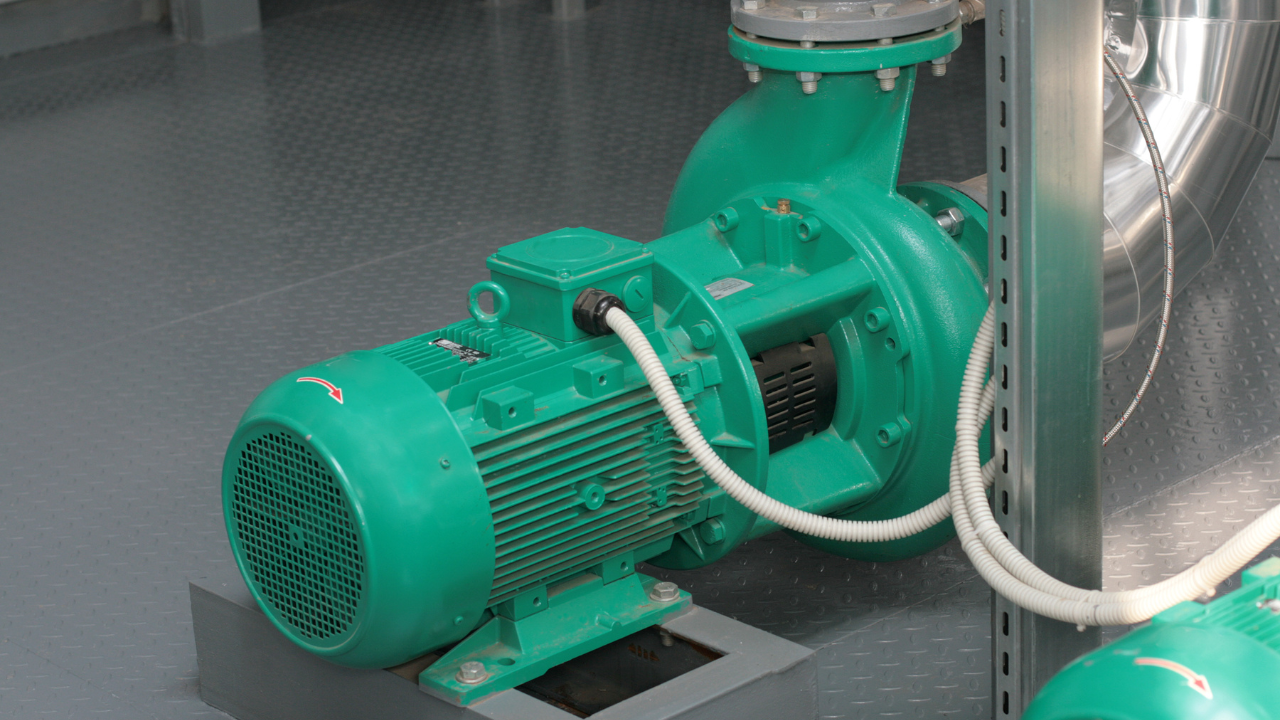
What the Pump Was Designed to Do and Why it Doesn't Do it
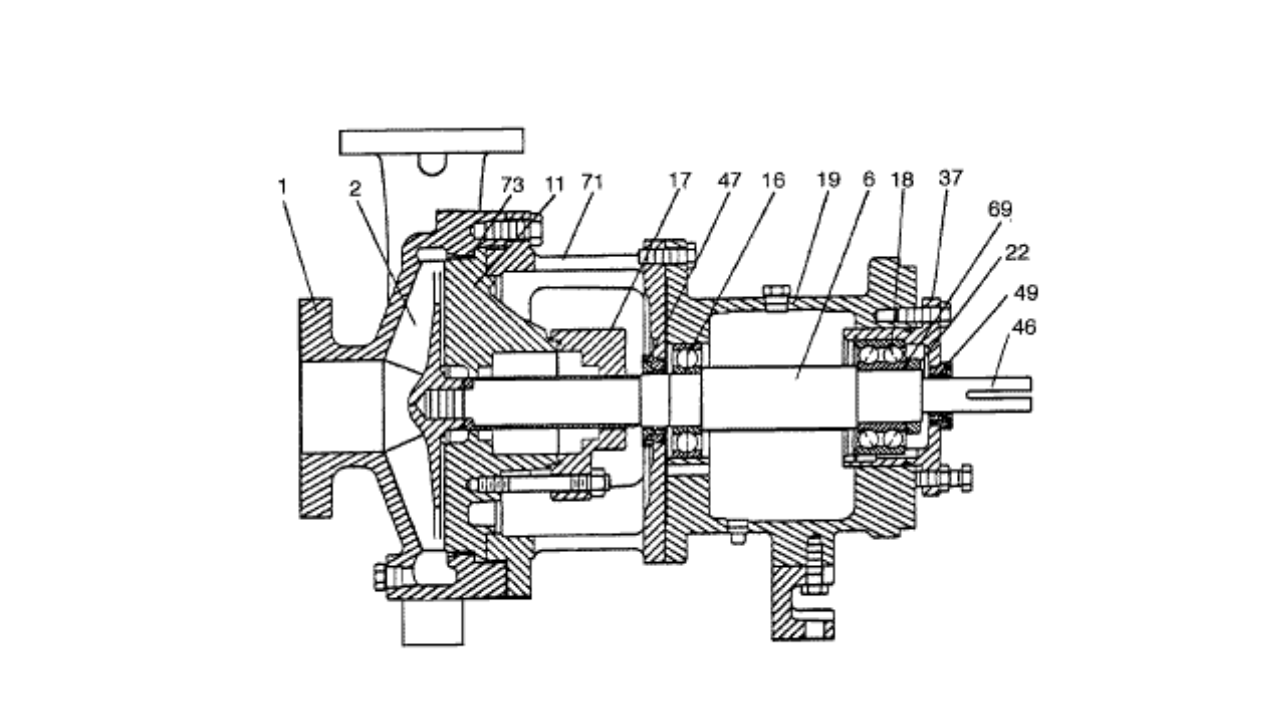
What is Wrong with the Modern Centrifugal Pump?
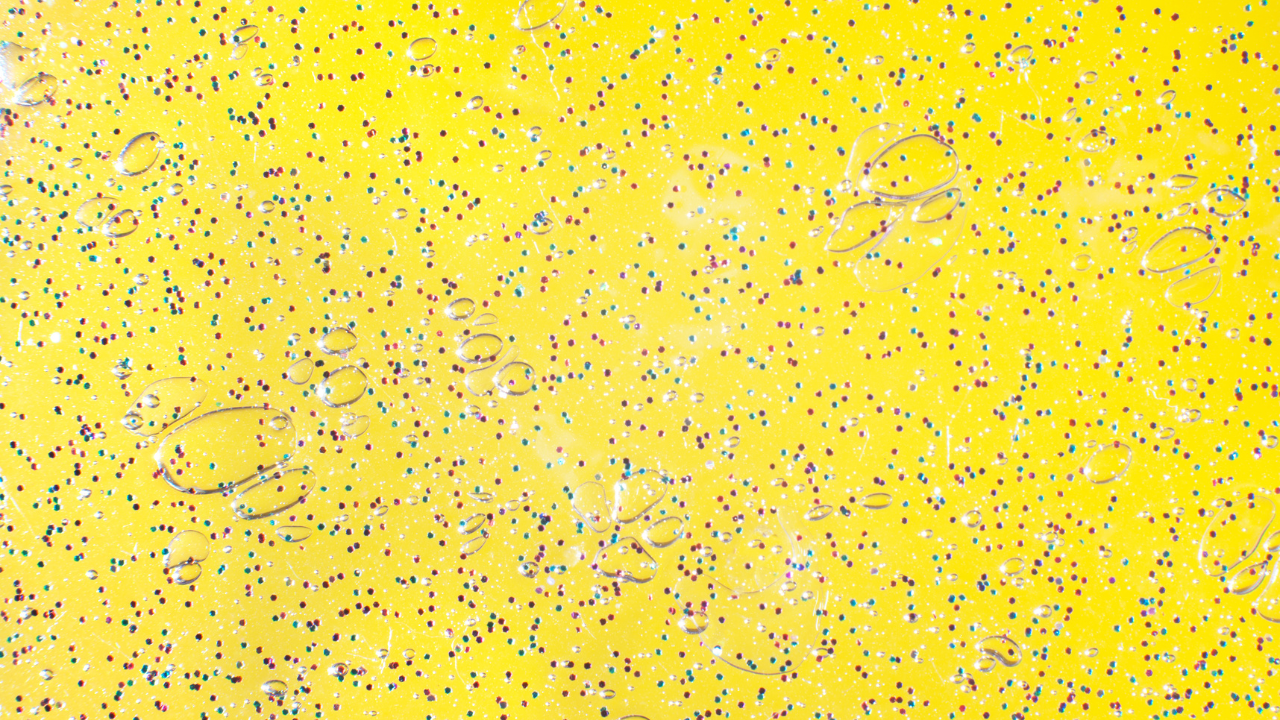
Digging Up Savings: Go with the Flow
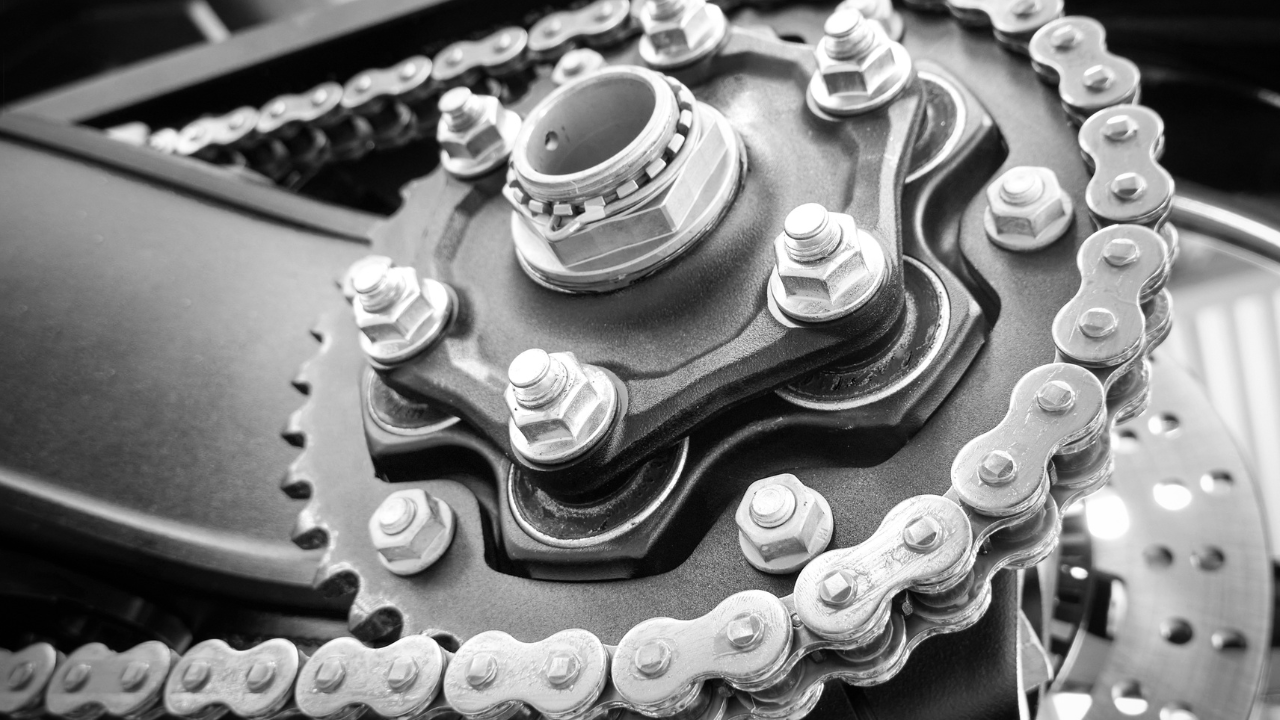
Chain Drive Design Recommendations
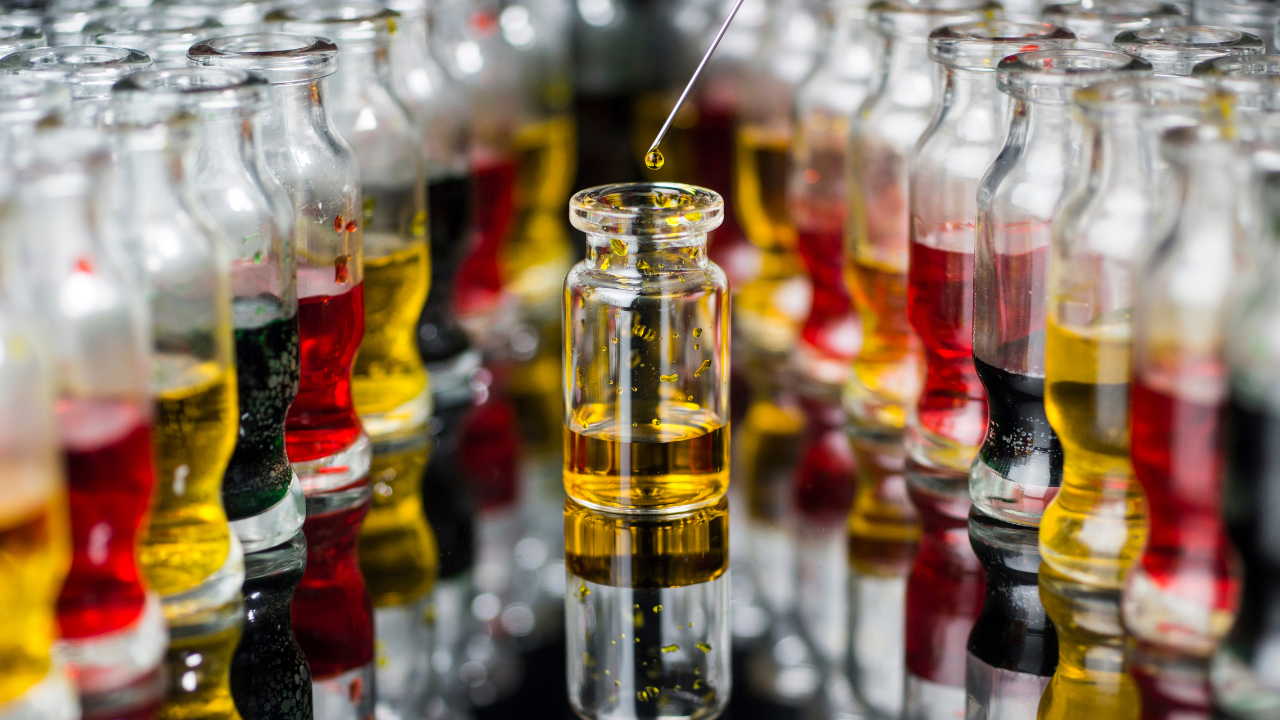
Classifying Chemicals to Assure Effective Sealing
